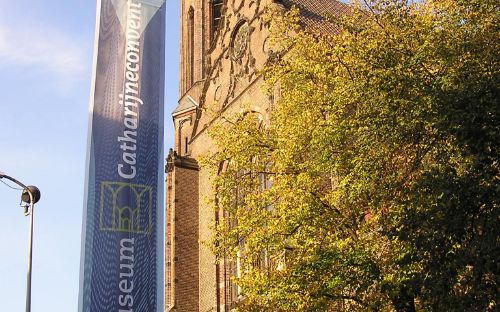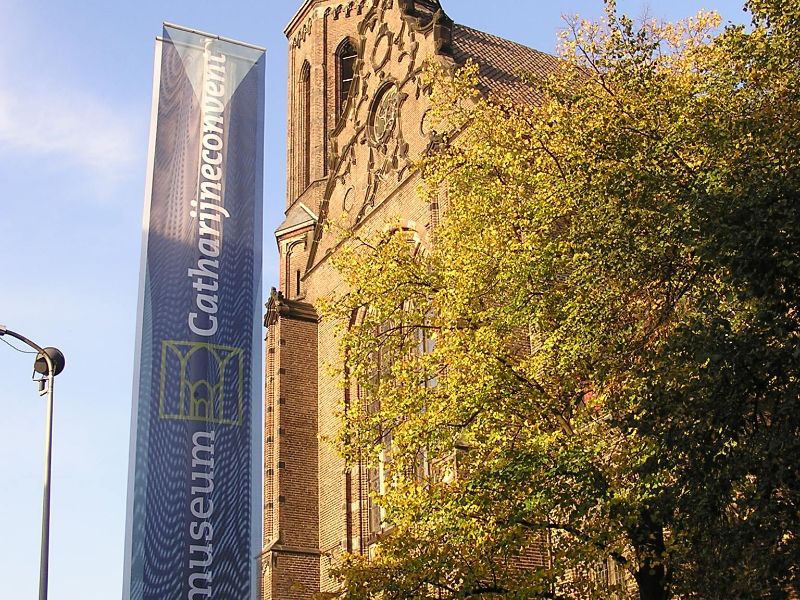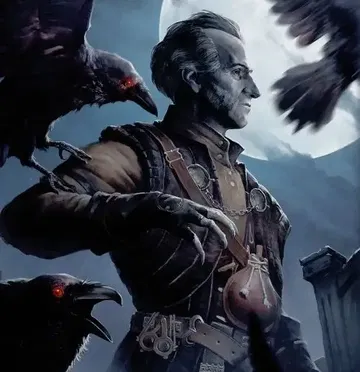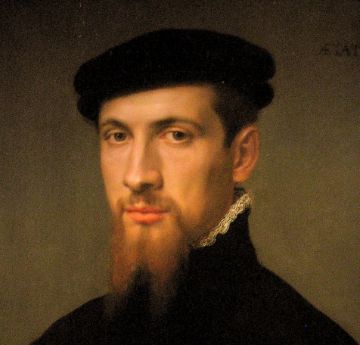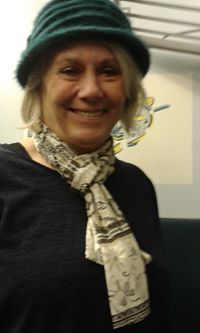El Museum Catharijneconvent en Utrecht, Países Bajos, es una institución bien considerada que se centra en la historia del cristianismo en el país. Los visitantes suelen elogiar la extensa colección de arte y artefactos religiosos del museo, que abarca desde la época medieval hasta la actualidad. Las exposiciones generalmente se consideran informativas y bien presentadas, ofreciendo información sobre la historia religiosa y cultural holandesa.
Muchos críticos aprecian la ubicación del museo en un antiguo convento, lo que se suma a su ambiente histórico. El edificio en sí destaca por su interés arquitectónico, con algunas áreas que se remontan al período medieval.
Los puntos fuertes del museo residen en su diversa colección, que incluye pinturas, esculturas, manuscritos y objetos religiosos. Los visitantes mencionan con frecuencia la calidad de las obras de arte en exhibición, y a menudo se destacan las piezas de renombrados maestros holandeses.
Algunos visitantes encuentran útil la audioguía para proporcionar contexto a las exposiciones, aunque algunos mencionan que podría ser más completa. Las exposiciones temporales son generalmente bien recibidas y ofrecen perspectivas nuevas sobre diversos aspectos del arte y la historia religiosa.
En el lado negativo, algunos visitantes señalan que el museo podría no ser atractivo para aquellos que no tengan un interés específico en la historia o el arte religioso. Algunas reseñas mencionan que algunas áreas del museo podrían beneficiarse de más traducciones al inglés, lo que podría ser un inconveniente para los visitantes internacionales.
El personal generalmente se describe como amable y bien informado, lo que contribuye positivamente a la experiencia general. El tamaño del museo es manejable para la mayoría de los visitantes, lo que permite una exploración completa en unas pocas horas.
Si bien el Museum Catharijneconvent ofrece una inmersión profunda en la historia y el arte religioso holandés, puede no ser tan atractivo para aquellos que buscan una experiencia museística más general. Sin embargo, para los visitantes interesados en su enfoque específico, proporciona un viaje rico y educativo a través del patrimonio religioso de los Países Bajos.
